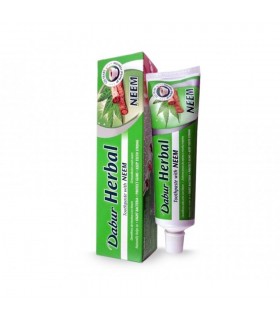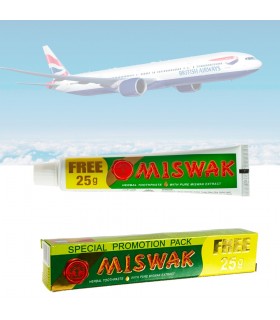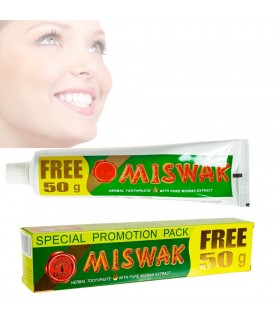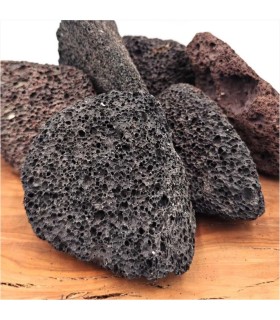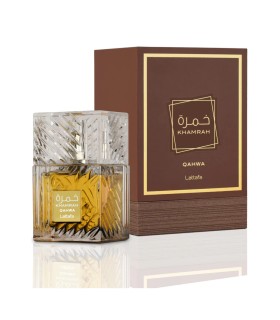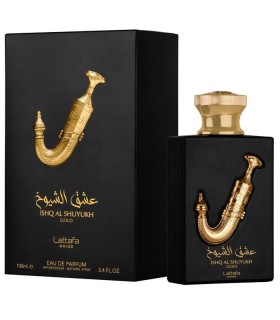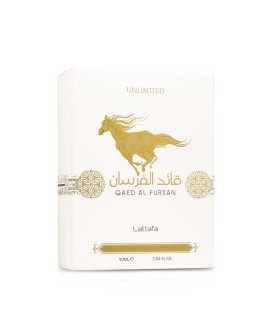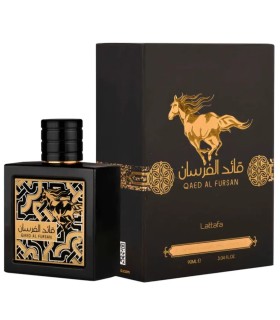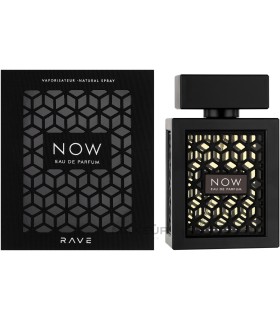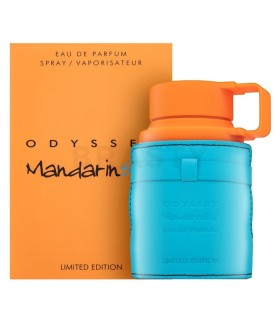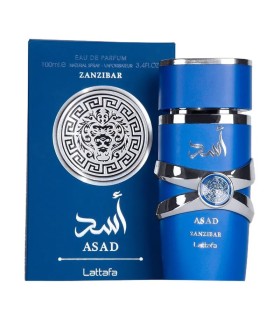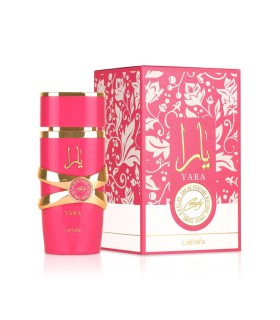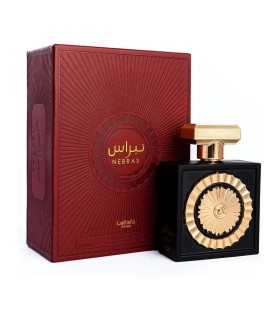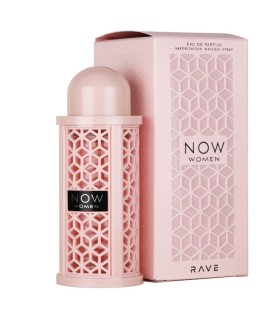The traditional Souak toothbrush is recognized for its whitening and sanitizing active ingredients and also has antiseptic properties.
For daily use. Take a small piece of souak bark and simply rub it on your teeth. It can also be chewed.
For more convenience in use, you can soak a piece of souak bark in water or rose water for a few hours and then chew it./span>
The twig shape makes it easy to reach places that are difficult for a standard toothbrush to reach. Massage gums for healthier teeth.
Walnut Bark Benefits
- Effectively combat dental plaque.
- Useful and effective for teeth whitening
- Helps reduce dental caries.
- Eliminates bad breath and mouth odor.
- Creates an odor in the mouth.
- Effectively cleans between teeth thanks to its parallel bristles.
- Increases salivation and thus inhibits dry mouth (xerostomia)
How to use walnut bark?
Remove the stick from the package and cut or chew the bark from one end of the stick; about a centimeter.
Chew the exposed end until the twig forms bristles. Brush as usual. Does not require toothpaste. The walnut bark will refresh the mouth. Every few days (when the bristles look like an old broom), trim the exposed bristles, remove the bark, and start over.
Siwak is made from thin strips of Arak bark, a tree from the walnut family found particularly in the Maghreb. The dried bark or SOUAK becomes a naturally whitening and purifying toothpaste.
Sticksby miswak presentted in the form of a bale of about 15 centimeters formed by a strip of bark of miswakfolded several times on itself.
Siwak has tonic properties and astringentson the gums, which removes food particles inaccessible to brushing. In addition, its antiseptic properties optimize its action against bad breath.
Its use is very simple, just rub the teeth and gums with a piece of siwak strip.
There are two types of souak: dried walnut bark, used primarily in North Africa, and walnut root, used in India and the Middle East. Souak is used to clean the teeth and beautify the smile.
Dried walnut bark gives the gums and lips a color that varies, depending on the complexion, from reddish brown to chocolate brown when rubbed on the gums and inside of the lips. This souk is still widely used in the Maghreb, both as a complement to brushing and for aesthetic purposes. As the gums and lips brown, the teeth appear whiter instead. Also, the souak can be used as a natural lipstick. In the past, womenThey covered their mouths with souak during the holidays. In Morocco, wives are said to have once used souak as a coded language to get the attention of their husbands and make them understand that they lacked affection./span>
Berbers also use fresh (while still green) walnut bark as a souak. By rubbing this bark against the teeth and gums, the effect is the same as that obtained with walnut bark: the mouth takes on a color reminiscent of walnut shell.
Walnut root is also used in the form of a stick that is chewed and rubbed on the teeth to clean them. Walnut root does not stain the gums. This souk is mainly used in India and the Middle East, where it is called Miswak. Walnut root is slightly abrasive and can clean teeth quite effectively.
All types of souk have purifying, antiseptic and antifungal properties. But if there are no scientific studies on the properties of the souk, it is known that the walnut shell (bark twigs) is used throughout the world as an antiseptic and pest control.








